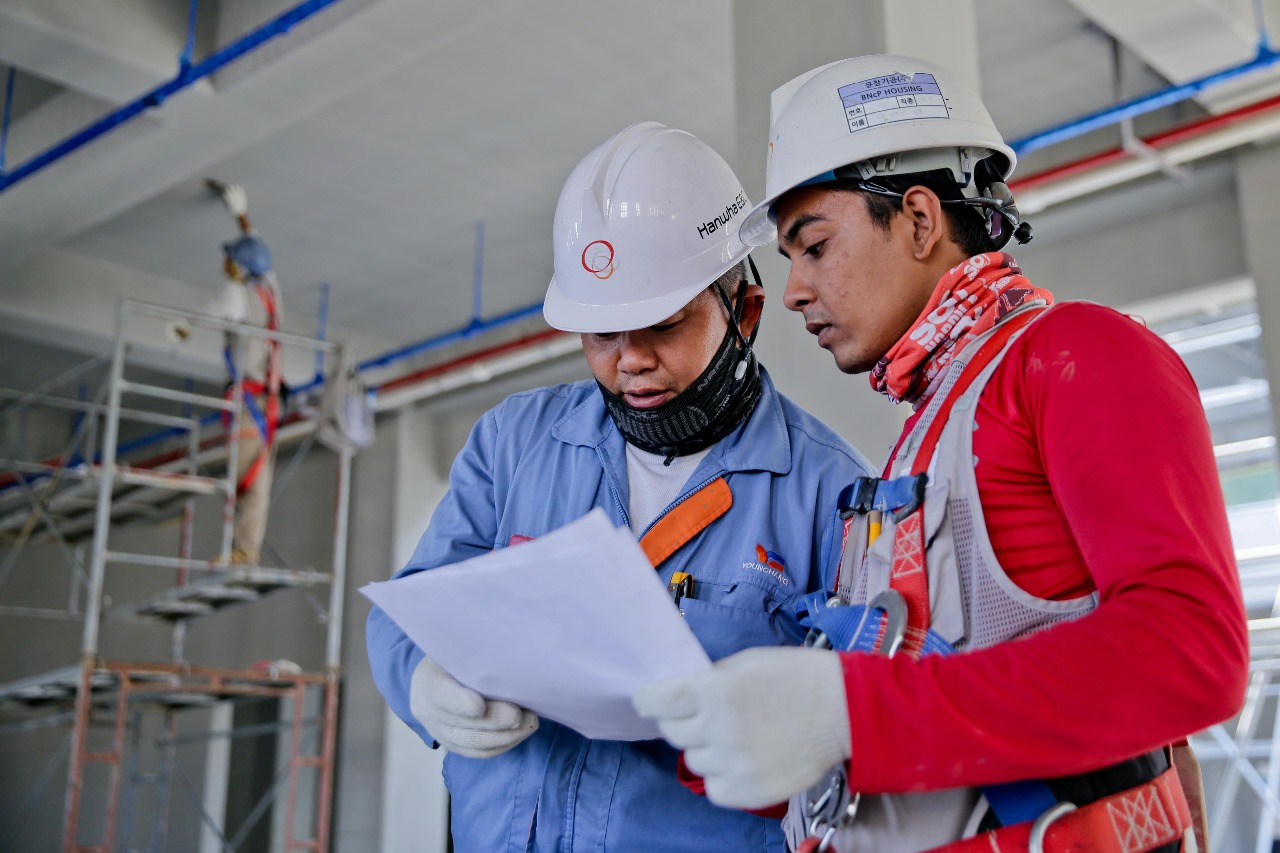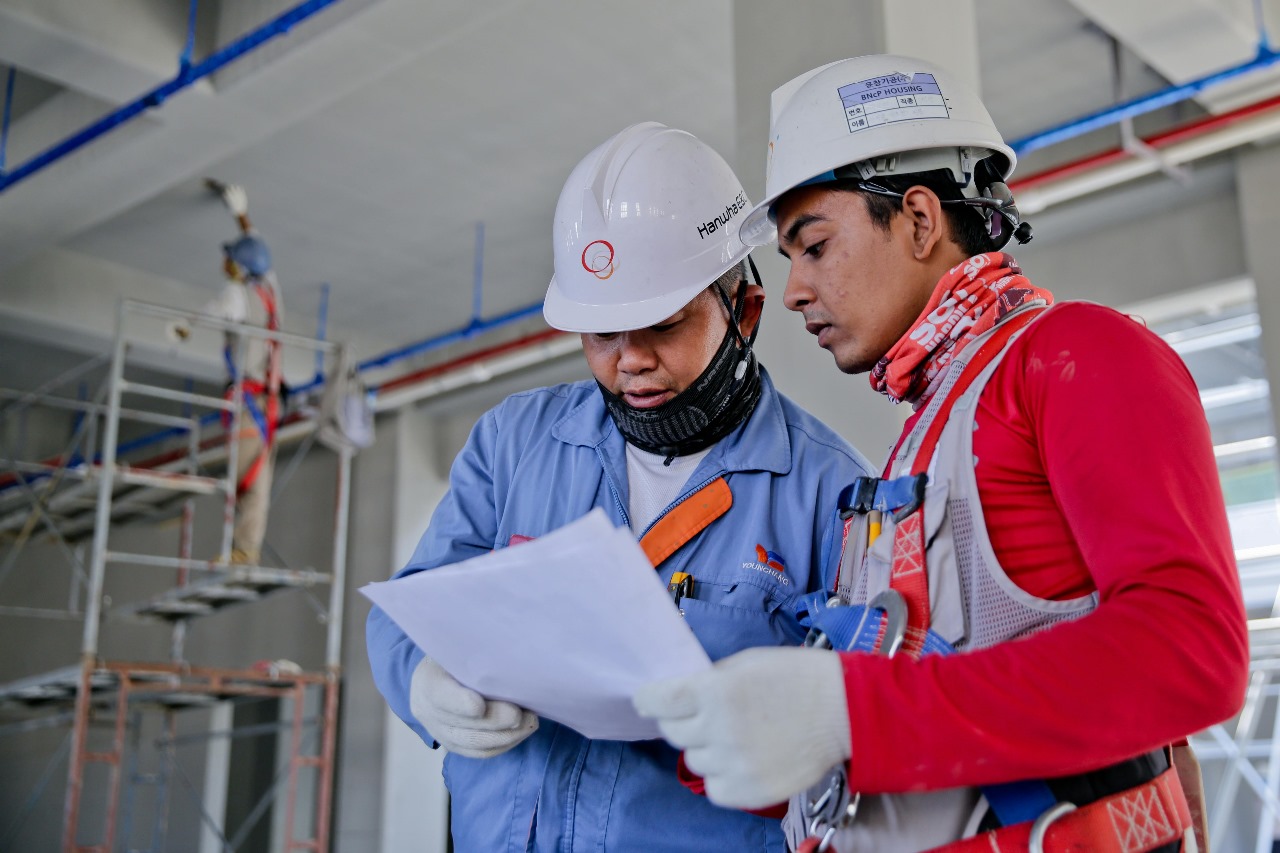
Introduction
The construction industry is rapidly evolving, driven by technological innovations that redefine how training and operations are conducted. One of the most impactful tools contributing to this shift is Arduino—an open-source electronics platform based on easy-to-use hardware and software. For professionals and students in the construction field, arduino projects provide hands-on, practical learning that enhances skills and bridges the gap between theoretical knowledge and real-world applications. At Associated Builders & Contractors Inc., we recognize the importance of integrating modern tools like Arduino into training programs to prepare a skilled, tech-savvy workforce.
What is Arduino?
Arduino is a microcontroller platform designed for users of all skill levels. It enables individuals to build interactive electronic projects with ease. With just a few components and some basic programming, users can create devices that sense, control, and automate real-world environments. Its affordability, flexibility, and simplicity make Arduino a perfect fit for education, particularly in hands-on fields like construction.
Key Features of Arduino
- Open-source design: Encourages innovation and customization.
- Easy programming language: Based on C/C++, making it accessible for beginners.
- Wide range of sensors and modules: Enables diverse applications.
- Large community support: Offers tutorials, forums, and shared projects.
Why Arduino is Valuable in Construction Training
Bridging the Skill Gap
Modern construction sites require a combination of manual skills and technological literacy. Arduino projects help bridge the skill gap by introducing trainees to electronics, programming, and data-driven decision-making. By integrating Arduino into training programs, construction professionals learn to develop smart systems, understand basic circuitry, and interpret sensor data—all critical in today’s digitalized job sites.
Cost-effective Learning
Traditional construction training tools and simulators can be expensive. Arduino provides a low-cost alternative for simulating real-life construction scenarios. Trainees can experiment, fail, and improve without the high costs of industrial machinery or equipment.
Top Arduino Projects for Construction Training
1. Smart Helmet with Safety Sensors
A smart helmet equipped with temperature, gas, and proximity sensors can monitor site conditions and worker safety. This Arduino project trains individuals to assemble and program devices that prevent accidents and respond to environmental hazards.
2. Concrete Curing Monitoring System
Maintaining proper curing conditions is critical for structural integrity. With Arduino, trainees can build a monitoring system that tracks temperature and humidity levels in curing concrete, reinforcing the importance of quality control.
3. Automated Brick Laying Counter
This project uses infrared sensors and Arduino to count the number of bricks laid in a session. It teaches trainees about automation and how sensors can enhance accuracy in reporting work progress.
4. Crane Load Monitoring System
Trainees can create a model crane equipped with a load cell connected to an Arduino. This helps in understanding the principles of load management and safe lifting operations.
5. Soil Moisture Analysis Tool
Soil testing is essential before laying foundations. An Arduino soil moisture sensor project trains users to assess ground conditions and collect reliable data for decision-making.
Skills Developed Through Arduino Projects
Technical Competency
By working on Arduino projects, trainees gain hands-on experience in circuitry, sensor integration, and software programming—skills that are increasingly valuable in smart construction environments.
Problem Solving and Innovation
Arduino encourages experimentation. Trainees learn to troubleshoot issues, optimize designs, and innovate practical solutions—traits that are vital on any construction site.
Data Literacy
Modern construction relies heavily on data. Arduino projects teach participants how to collect, interpret, and use data effectively, preparing them for data-driven roles in construction management and site supervision.
Integrating Arduino Into Construction Training Programs
Curriculum Development
Construction training centers can integrate Arduino modules into their curriculum. Topics may include basic electronics, sensor technology, programming fundamentals, and project-based learning tailored to construction scenarios.
Instructor Training
For effective implementation, instructors need to be trained in Arduino systems. Workshops and certifications can prepare them to guide trainees through project planning, execution, and evaluation.
Collaborative Learning
Group Arduino projects foster collaboration and communication. Construction teams must work together on-site, and these exercises simulate real-world teamwork under technical challenges.
Overcoming Challenges in Arduino-based Training
Initial Learning Curve
While Arduino is beginner-friendly, it still requires an initial commitment to learning basic coding and circuitry. Offering introductory sessions can help ease new learners into the technology.
Budget Constraints
Even though Arduino is affordable, equipping an entire training center can add up. Partnering with technology sponsors or educational grants can alleviate financial strain.
Ensuring Relevance
To maintain engagement, Arduino projects should be closely aligned with actual construction challenges. Real-world simulations ensure that learners see the value in what they’re building.
Future of Arduino in Construction Education
The rise of smart buildings, automation, and IoT (Internet of Things) means the role of Arduino in construction training will only expand. Future trainees will not only lay bricks or pour concrete—they’ll configure sensors, interpret digital feedback, and contribute to intelligent infrastructure. Arduino provides the perfect foundation for this technological evolution.
As construction continues to merge with IT, Arduino projects will likely incorporate cloud connectivity, machine learning, and robotics—expanding the skill sets needed in tomorrow’s workforce. Institutions that embrace Arduino today are preparing students for the future of construction.
Conclusion
At Associated Builders & Contractors Inc., we believe that the integration of technology into training is essential for building a modern, capable workforce. Arduino projects offer an accessible, engaging, and effective way to bring technology into construction training. By fostering technical skills, data literacy, and innovation, Arduino helps create professionals who are ready to thrive in a rapidly advancing industry.




